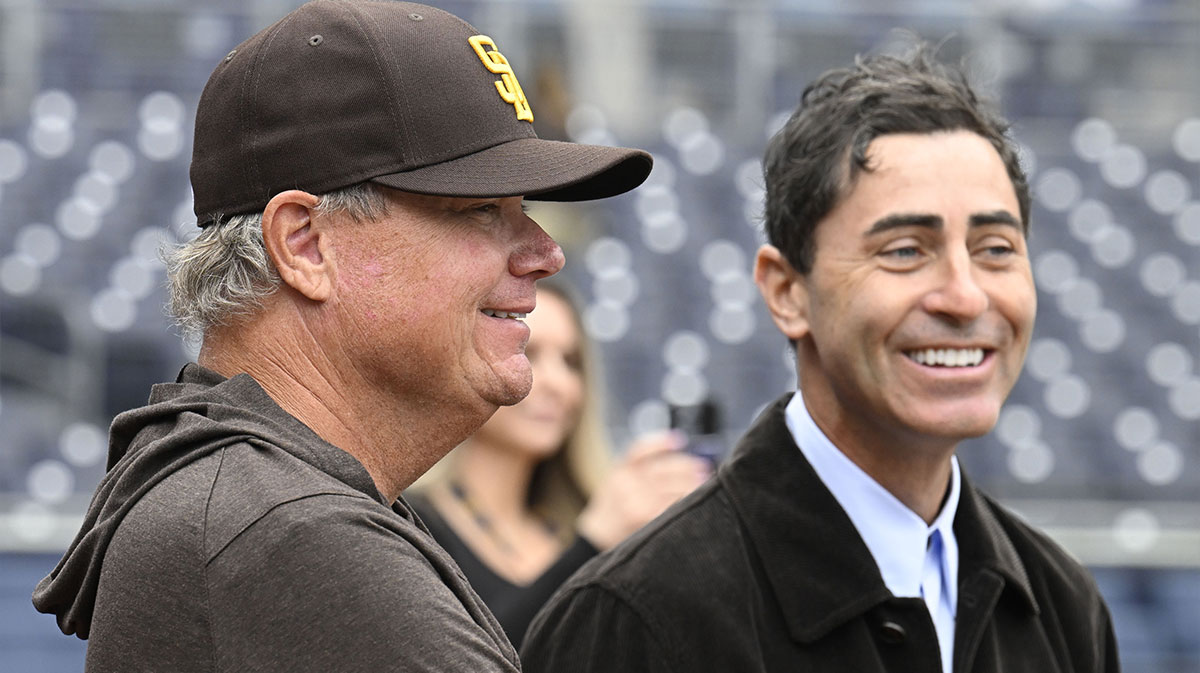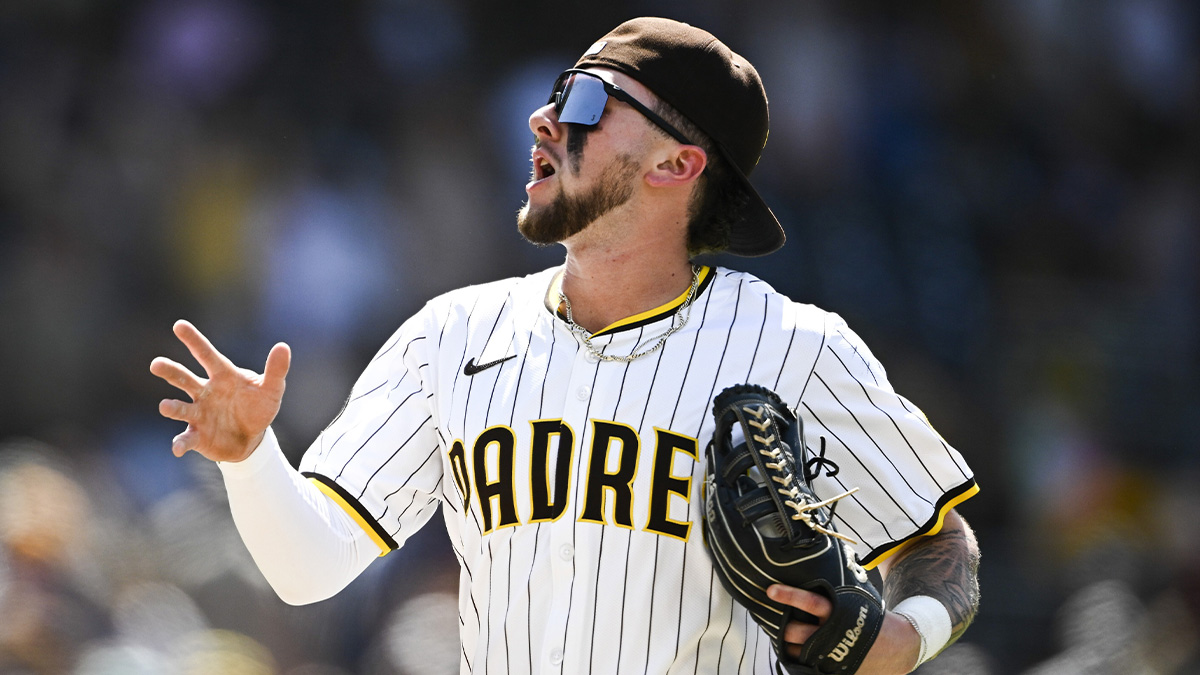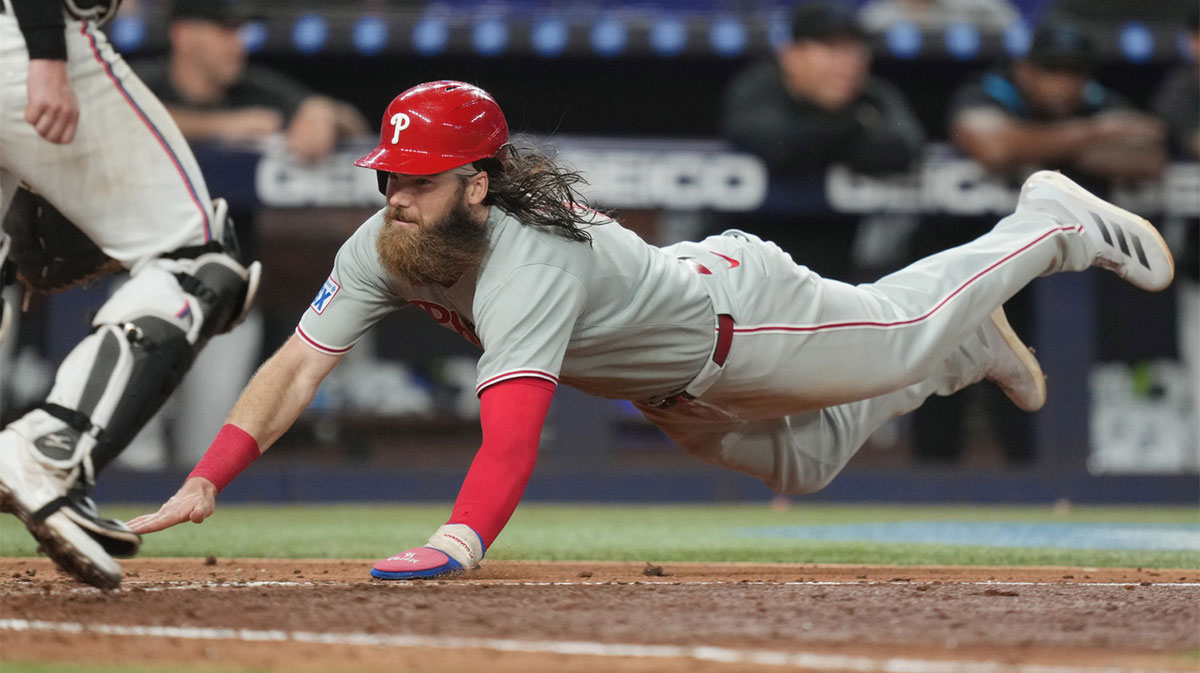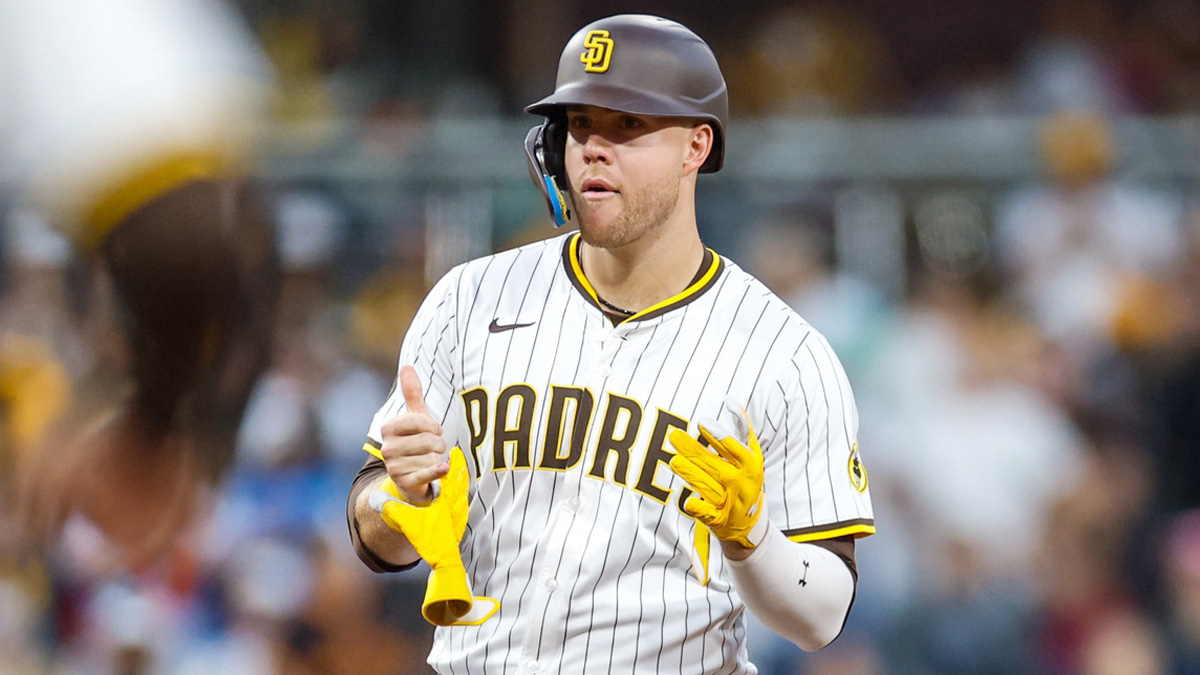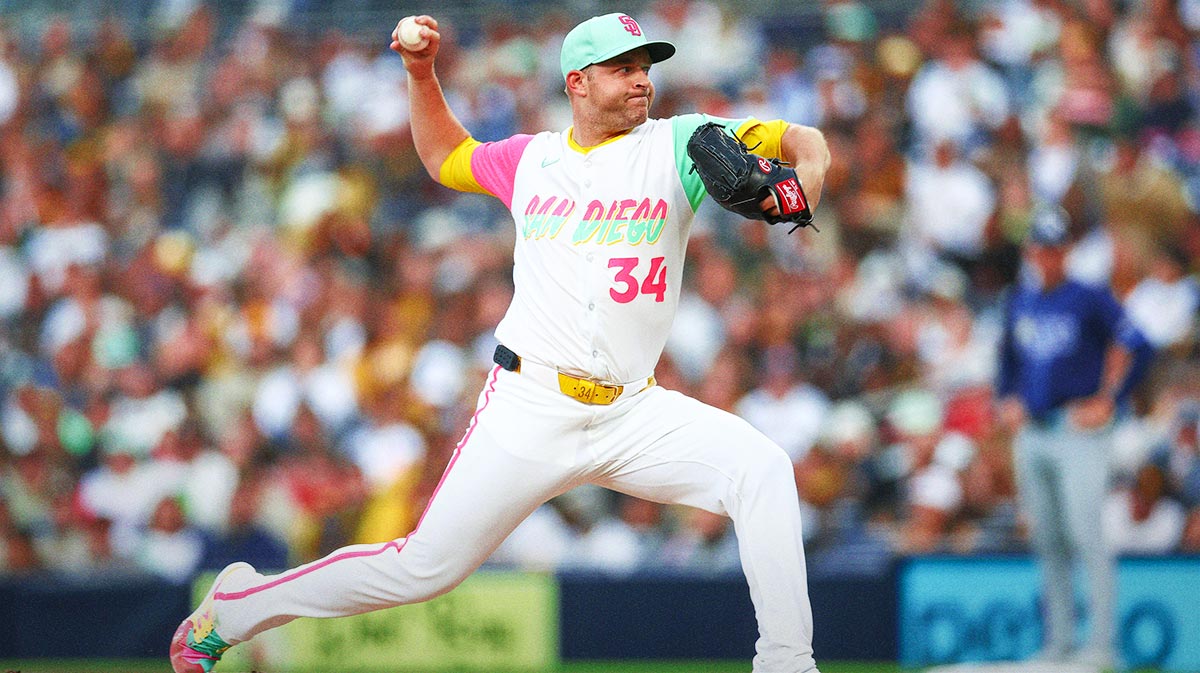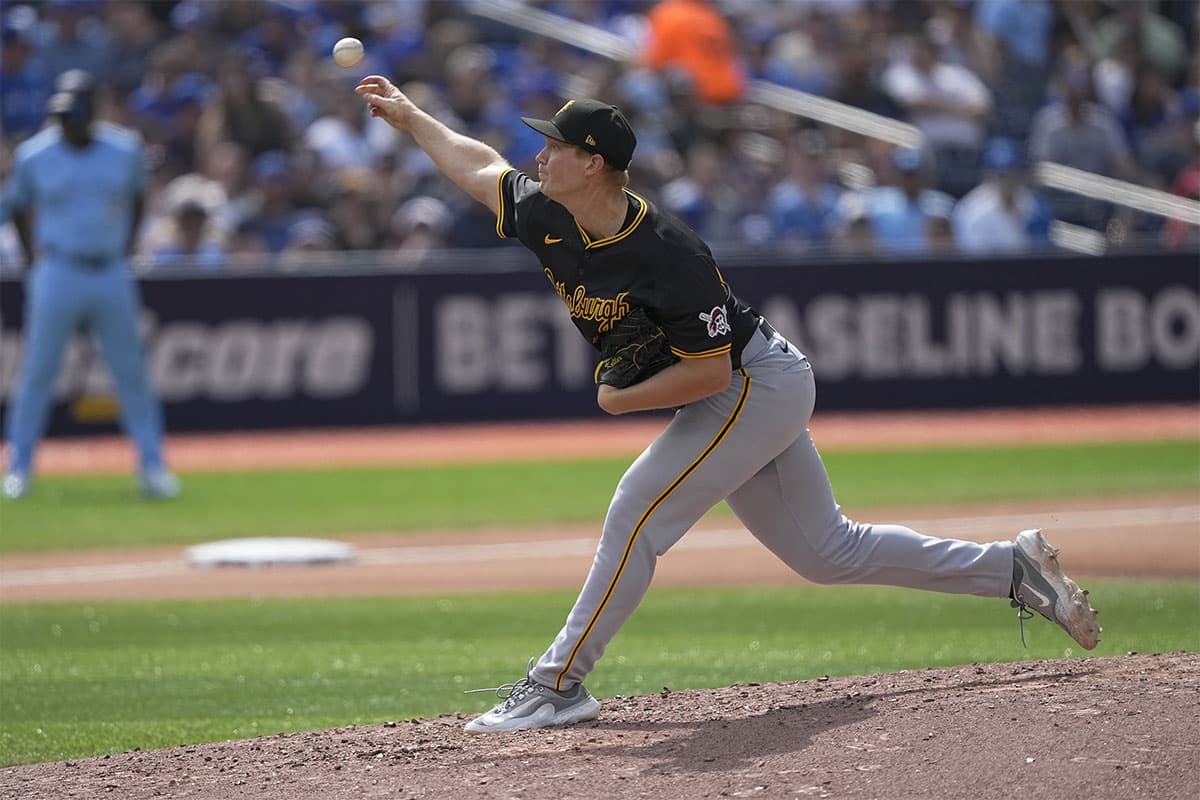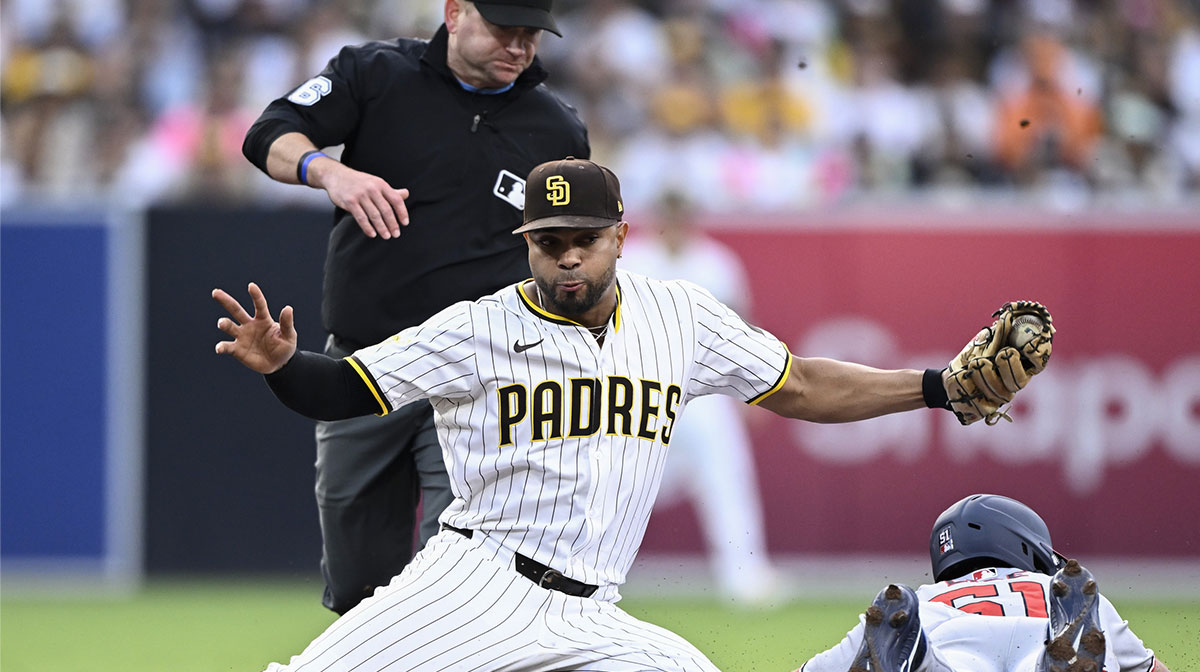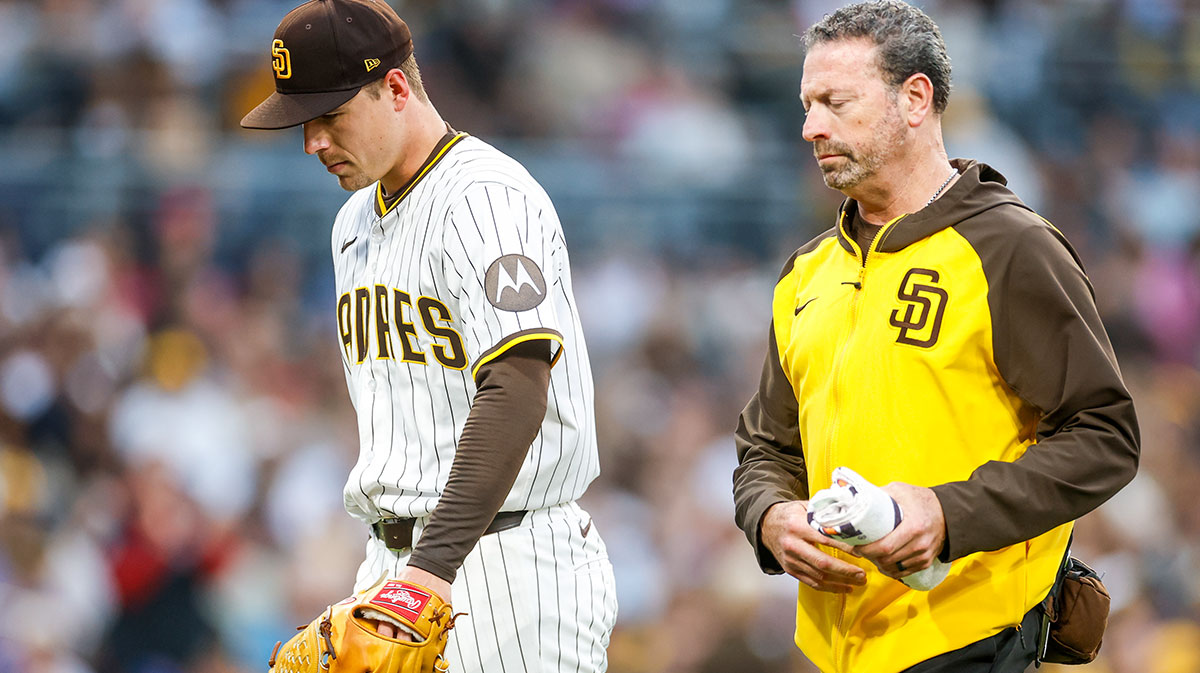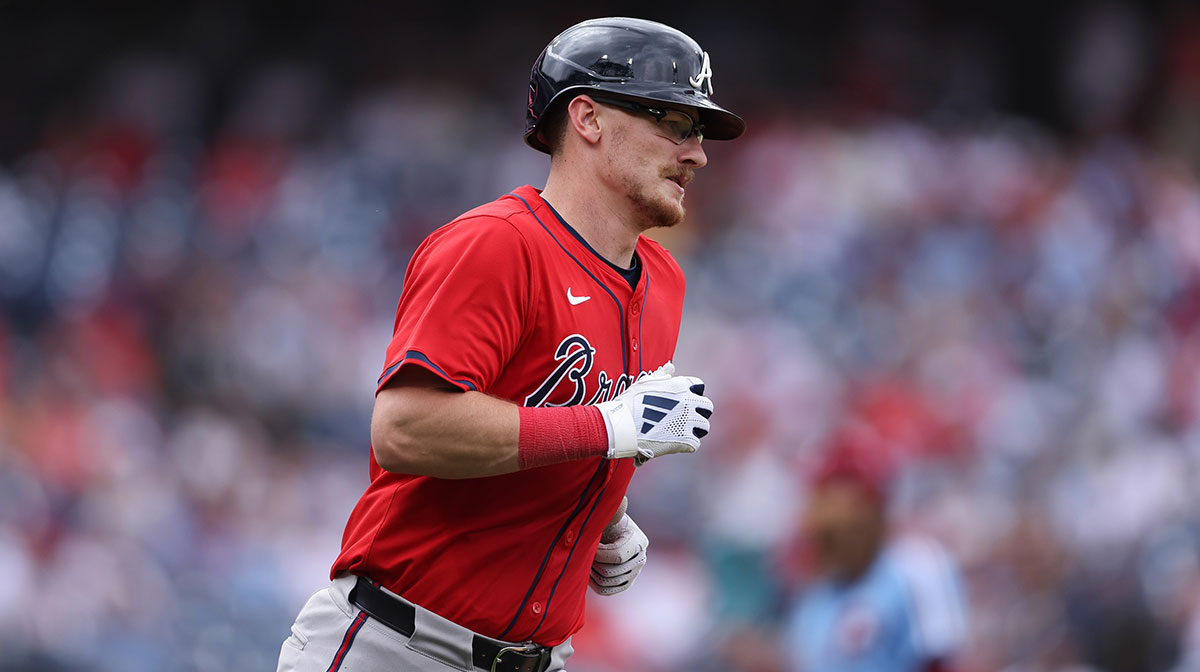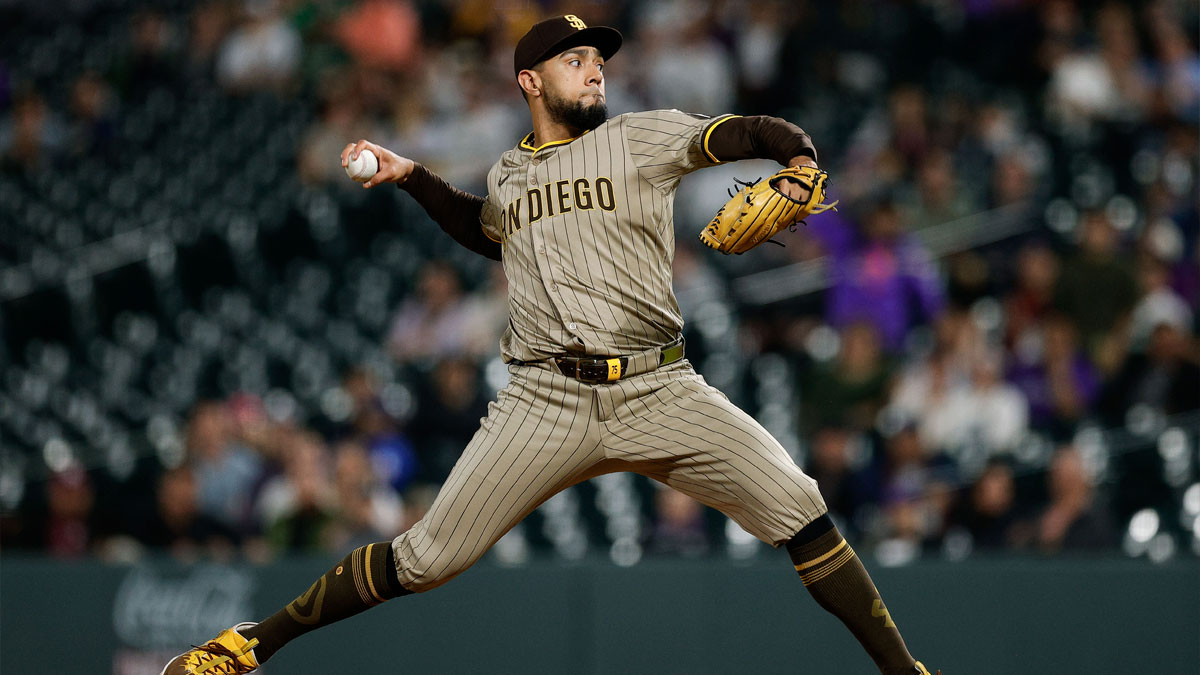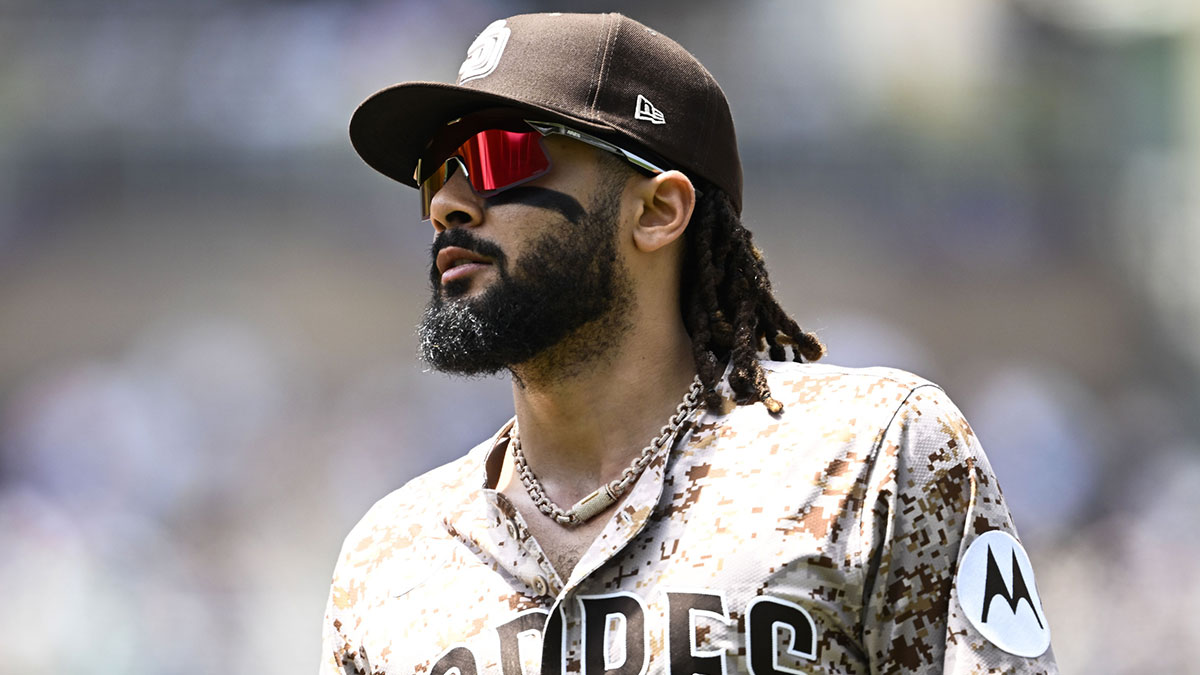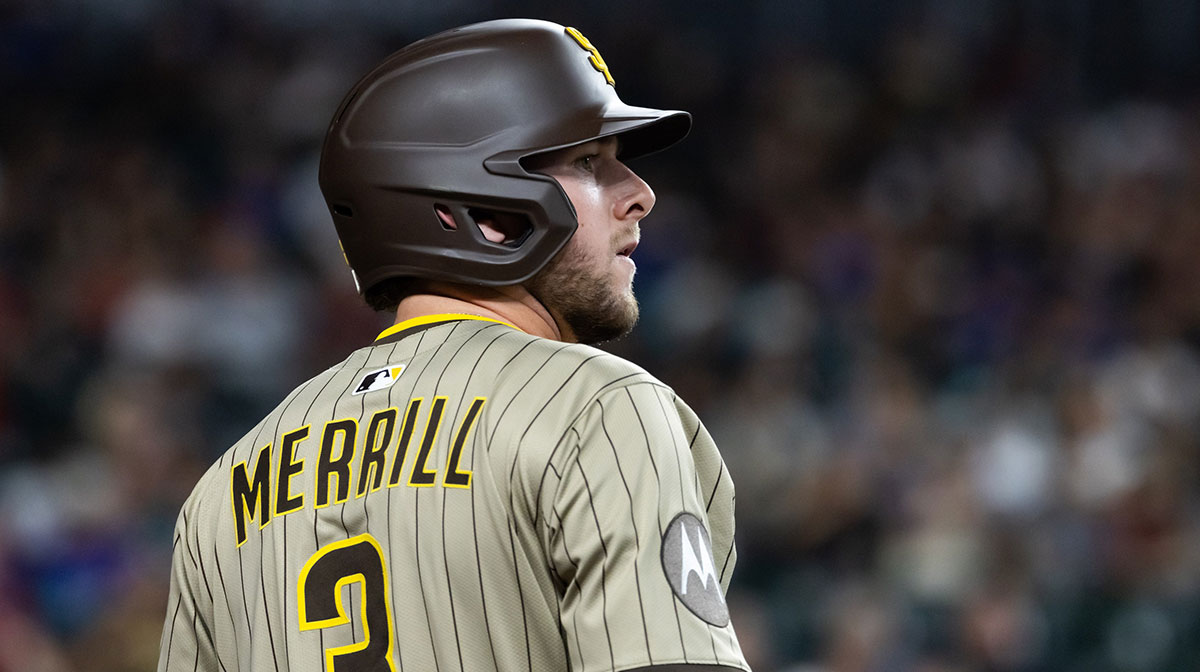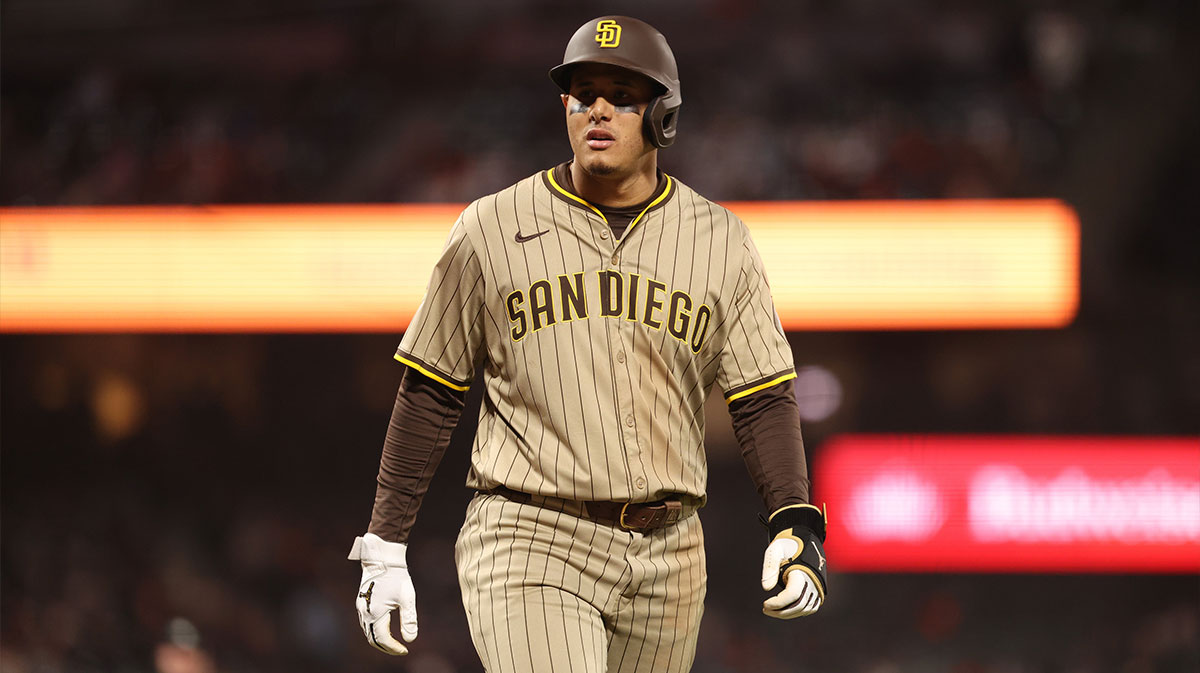Major League Baseball is often dominated by big-market teams. Organizations like the Boston Red Sox and New York Yankees are constantly in a spot of advantage because of their ability to expand their payroll and show indifference to the luxury tax. Which is why, oftentimes, squads like the San Diego Padres need to stockpile young talent in order to be competitive.
And for years, general manager A.J. Preller did exactly that, assembling a farm system that was ranked as the best in baseball prior to the 2019 season. But the Padres would grab offseason headlines for another reason… changing the aforementioned narrative.
San Diego seemed to come from nowhere to land one of the biggest fish in the sea in superstar infielder Manny Machado. Their long-term commitment (a 10-year, $300 million deal) to Machado was a departure from the typical look of a small-market team, and the fact that they had outbid teams such as the Yankees and the Phillies to get their guy seemed to reflect a potential shift in the market moving forward.
The Padres were instantly seen as a potential dark horse in the National League after Machado signed on the dotted line, and their future looked all the brighter.
Yet while Machado has put together an excellent June, he may not even be the best player on his own team. No, that distinction belongs to Fernando Tatis Jr., one of those “homegrown” kids from San Diego's farm system.
What Tatis is doing at the shortstop position is truly incredible. Blessed with both size and speed, he has made some of the most exciting plays of the season whether it be with the glove, the bat or on the basepaths.
And while the Los Angeles Dodgers continue to dominate the NL West and command the attention of the rest of the league, Tatis demands more attention from the masses.
Fulfilling expectations
Given how easy Tatis can make the game look, the casual fan might assume that he has been in the big leagues for years. It is easy to forget that being the top prospect in any farm system creates tons of pressure, particularly for a Padres team that has not been competitive for over a decade.
Just take a look around the league. Vladimir Guerrero Jr. has struggled to live up to the massive amount of hype and anticipation that has surrounded him all year long (.255 batting average and .737 OPS in his first 50 games), while Eloy Jimenez is looking to prove that his unprecedented contract extension–which the White Sox gave him before he had even played in his first MLB game–was a genius move.
Tatis has been heralded as one of the saviors in San Diego for years. He was a top three prospect in the majors heading into this season, and Machado's arrival only seemed to ramp up the hopes that Tatis would be in the big leagues in 2019.
And aside from a hamstring injury that forced Tatis to miss over 35 games, he has lived up to that hype… and then some.
As of June 26, Tatis ranked 11th among all shortstops in terms of fWAR (with at least 180 plate appearances) despite having played in just 44 games, putting him ahead of the likes of Francisco Lindor, Carlos Correa and Corey Seager.
Tatis' proficiency up the middle has allowed Machado to slide over to the hot corner, where he is already established as one of the best defensive shortstops in the game. And his combination of speed and power make him a threat from any single spot in the lineup, giving Padres manager Andy Green plenty of options for how he wants to to attack opposing pitchers.
In other words, Tatis is everything that the Padres hoped that he would be when they named him their starting shortstop on Opening Day.
The little things
On the surface, Tatis' stat line is already superb. He was slashing .323/.392/.585 with a 154 wRC+ through his first 186 plate appearances, with nine homers and nine stolen bases.
But the numbers can hardly replicate the kind of instant impact that Tatis provides any time he steps between the white lines. Take this play last Sunday against the Pittsburgh Pirates, for example.
Padres outfielder Hunter Renfroe hits a routine pop-up to the second baseman, who casually makes the catch at the start of the outfield grass. Daringly, Tatis tags up and breaks for home, scoring the go-ahead run for the Padres in the first inning:
Fernando Tatis Jr. tagged up and scored on a pop-up to second 😱 pic.twitter.com/dytnYX1IdJ
— Baseball Bros (@BaseballBros) June 23, 2019
Plenty of speed, right? What about legging out a routine ground ball to the shortstop. Sure, Tatis is good for it:
Fernando Tatis Jr. is faster than fast and he knows it. Try to keep up. pic.twitter.com/i79UlDG9sc
— San Diego Padres (@Padres) June 26, 2019
Or check out this twisting grab against the Arizona Diamondbacks back in April:
Even though areas of his game certainly need to be patched up, Tatis is finding a way to produce.
Consider this: Tatis' 29 percent strikeout rate is in the bottom ten percent of the league. But his .412 wOBA is in the top four percent of the league, according to MLB Statcast. He simply gets the job done, even as he goes through the growing pains of being a rookie hitter.
Drawing comparisons
By the time his rookie season had ended in 2018, Atlanta Braves outfielder Ronald Acuna Jr. had become a legitimate superstar in the MLB. But he also benefitted tremendously by playing for a Braves team in a larger market and one that led the NL East for nearly the entire second half.
Despite having a five-tool skill set like Acuna, Tatis does not seem to garner the same amount of attention. Of course, we have not yet hit the All-Star break, and Tatis' injury put a dent in his hype train. Yet he has been all the more spectacular since his return to action earlier this month.
There have been plenty of excellent rookie performances this year. Brandon Lowe has shown out for the Tampa Bay Rays. Alex Verdugo has been excellent since becoming an everyday outfielder for the Dodgers. The list goes on.
But at the very top of the list is Tatis, who is one of the most exciting players in all of baseball.

